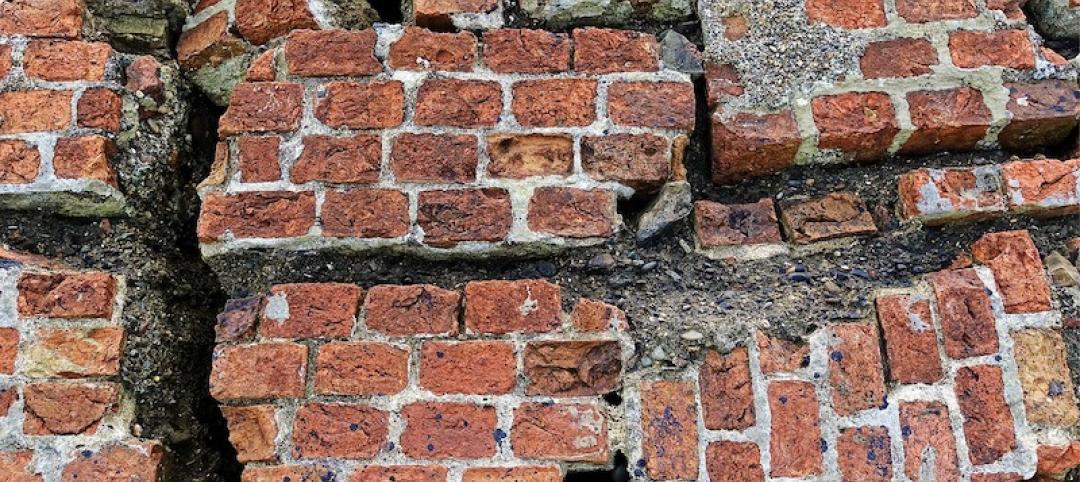In September, the Council on Tall Buildings and Urban Habitat will launch a 12-month research project, “Creating Industry-Accepted Criteria for Measuring Tall Building Floor Area.”
The Council aims to identify the aspects of existing codes and regulations that are internationally accepted and the areas where the code and regulations are contentious or are too broad. The most common method to measure a building’s floor area is by using Gross Floor Area (GFA); however, there are other methods, including Gross Internal Area (GIA), Net Internal Area (NIA), Gross Leasable Area (GLA), and Net Rentable Area (NRA).
A project goal is to create varying categories of CTBUH Floor Area Criteria to provide a clear method for accurately and concisely measuring a building’s GFA, NIA, NRA, etc. “Not only will these new criteria provide a method to accurately measure floor areas, but they will complement CTBUH’s existing definitions and criteria surrounding tall buildings,” the Council says.
The project is scheduled to be completed in September 2018.
Related Stories
Codes and Standards | Mar 23, 2020
Contractors should scrutinize contracts carefully amid Covid-19 crisis
Compliance with time-sensitive notice requirements and careful documentation required.
Codes and Standards | Mar 23, 2020
Florida legislature passes bill to reduce retainage on state and local projects
House and Senate vote is nearly unanimous; law would go into effect Oct. 1.
Codes and Standards | Mar 20, 2020
Feds prod use of eminent domain to force people out of flood-prone homes
Local officials that don’t comply could lose federal money to combat climate change.
Codes and Standards | Mar 19, 2020
ASHRAE provides COVID-19 resources for operating, maintaining HVAC systems
Includes recently approved position document on Airborne Infectious Diseases.
Codes and Standards | Mar 19, 2020
CaGBC launches new version of its Zero Carbon Building Standard
Version 2 draws on lessons from more than 20 zero carbon projects.
Codes and Standards | Mar 16, 2020
Concrete industry reduces carbon footprint by 13% over five years
Result mostly due to more efficient use of Portland cement.
Resiliency | Mar 13, 2020
Feds push use of eminent domain to force people out of flood-prone homes
Local officials that don’t comply could lose federal money to combat climate change.
Codes and Standards | Mar 12, 2020
Design guide for sloped glazing and skylights updated for first time in 30 years
Helps with choosing proper glass for non-residential applications.
Codes and Standards | Mar 11, 2020
Two tree species native to the Northeast found suitable for CLT
Eastern white pine and eastern hemlock pass strength testing.
Codes and Standards | Mar 10, 2020
Prescient receives ICC certification for seismic resilience system
Technology suitable for buildings up to 12 stories in earthquake-prone areas.

















